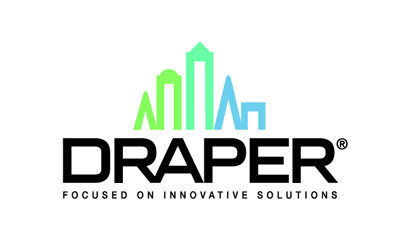
Window Shades: Their Impact on Building Performance and Budgets
Daylighting has been shown to have positive impacts on building occupants’ health, wellness, mood, and productivity. However, it also introduces issues with glare and solar heat gain. Shades address these issues. By introducing motorization and automation, the impact of a building’s shading system is maximized while taking into account individual comfort needs in a no-touch environment. Supporting Performance and Maximizing ROI is also covered.
Sponsored by Draper, Inc.
Daylighting has been shown to have positive impacts on building occupants’ health, wellness, mood, and productivity. However, it also introduces issues with glare and solar heat gain. Shades address these issues. By introducing motorization and automation, the impact of a building’s shading system is maximized while taking into account individual comfort needs in a no-touch environment. Supporting Performance and Maximizing ROI is also covered.
Based in Spiceland, IN, Draper manufactures projection screens, AV mounts and structures, window shades, and gymnasium equipment. The family-owned and -operated business was founded in 1902 by Luther O. Draper and is owned and managed by his descendants. With locations in the United States and Sweden, Draper ships products to dealers throughout the United States and more than 100 countries. To learn more about Draper, visit www.draperinc.com.
LEARNING OBJECTIVES
How to discuss the positive and negative impacts of natural light in commercial buildings, and compare various types of shading strategies. How interior shading can improve occupant welfare, productivity, and comfort. How design details impact shade budgets, and how to avoid expensive COs and unnecessary RFI/ASI work. Why motorized shades make sense as a standard solution vs. a luxury upgrade. How automation amplifies occupant comfort and supports sustainable building strategies in a no-touch environment.








